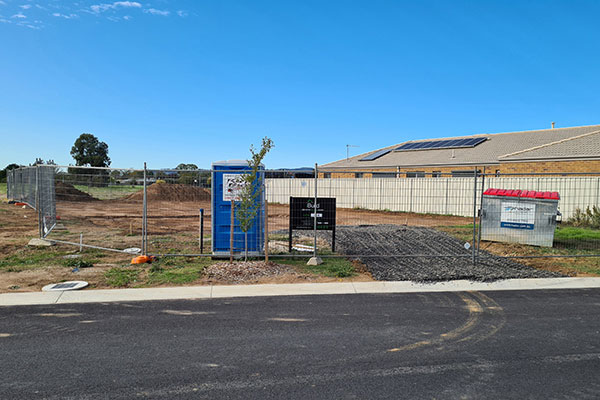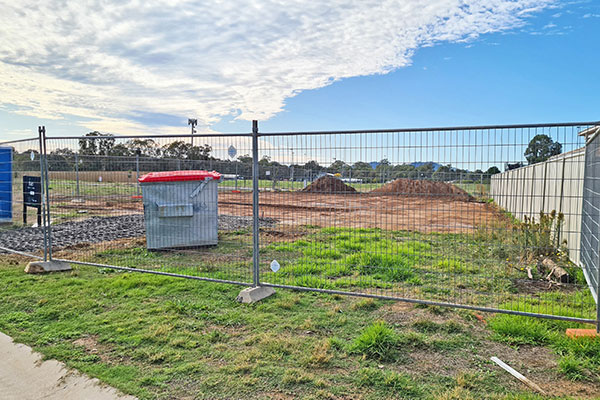Finding that special piece of land to buy
In Australia it’s called a block of land, in New Zealand it’s known as a section of land. Whatever the name, it’s the land we purchase to build our special place to live in. Where we build our new home. Over the coming weeks, we’ll be sharing a 3 part series on building a new house. In this first instalment, we cover the first step of buying land.
What are the things we should look out for when buying land?
You’ve done the research and found the area you want to build your new home. It’s close to the all the amenities you want and you can see yourself living there for the foreseeable future. Below is a simple guide of 7 things to consider when buying land.
- Look at the shape of the land
Awkward sized or shaped land means many of the Project Homes won’t fit easily. Custom or architecturally designed homes are significantly more expensive to build. Have a clear idea of the type of home you’re looking to build and your budget.

- Consider the elevation of the land
The angle of the land determines drainage, water run-off, and ultimately the building design and levels. Remember the golden rule: the steeper the block, the more stairs, levels, and retaining walls required, so the more difficult the access. Land elevation is important to consider from not only a cost perspective when building your new house, but also whether steep access may prove challenging for elderly or less mobile visitors.
- Understand what’s under the topsoil
This is a learning from our own personal experience. We thought our land was solid sandstone rock and it wasn’t. This required us to spend an additional $20,000 in excavating deeper. Geotechnical drilling reports are very important to determine soil, substratum or any wrong land “fill” or toxic material. Excavation and toxic waste removal costs can be very expensive so it’s important to understand what you’re dealing with before you get started building your new home.
- Learn the Flood and Fire ratings
In Australia we have seen numerous tragic floods and fires over the past few years. It’s important to check with council planning for Fire Zones and Flood Levels as this affects the style, materials used and the insurance premiums when building a new house.
- Check existing Covenants
Many subdivisions today have covenants put on them when they are approved. Some examples of covenants could be fencing covenants over materials used and heights, colour use covenants, and outbuildings covenants (such as sheds). There can even be covenants for the amount of money you have to spend on the construction of your new house.
It pays to check what covenants exist before agreeing to buy land. On a recent investment property build we saw fencing covenants for height, materials, colour use, and outbuildings. And that’s in Wodonga!
- Understand Shared Access Rights
Often a small battle-axe development will have multiple blocks of land accessed through a single driveway or walkway. It pays to check for your liability towards maintenance costs of the access so that you know what you’re in for before building your new home.
- Check for Easements
Recently we added a carport to our property in Castle Hill. What should have been a simple $7,000 carport became problematic when red tape tied up the project for several months. We have a drainage easement on one boundary that we were required to “work around”. This runs part way under the carport, where the supporting posts are.
Easements for water and sewerage are shown on Water Board and Council plans and should form part of the purchase contract. Be sure to check the plans before you build your new home, so you don’t run up additional costs to work around them afterwards.
Like this blog or interested in building a new home? Stay tuned in the coming weeks for further instalments on the process for building a new house, or check out the blog on Building a Residential Investment Property.
If you need support with your interior design projects ranging from interior colour consultation, exterior colour consultation, room or whole home refreshes, small and large scale renovations and new build homes, Contact Lurleen who is an experienced Interior Designer who can work with you on all of your interior design projects.

